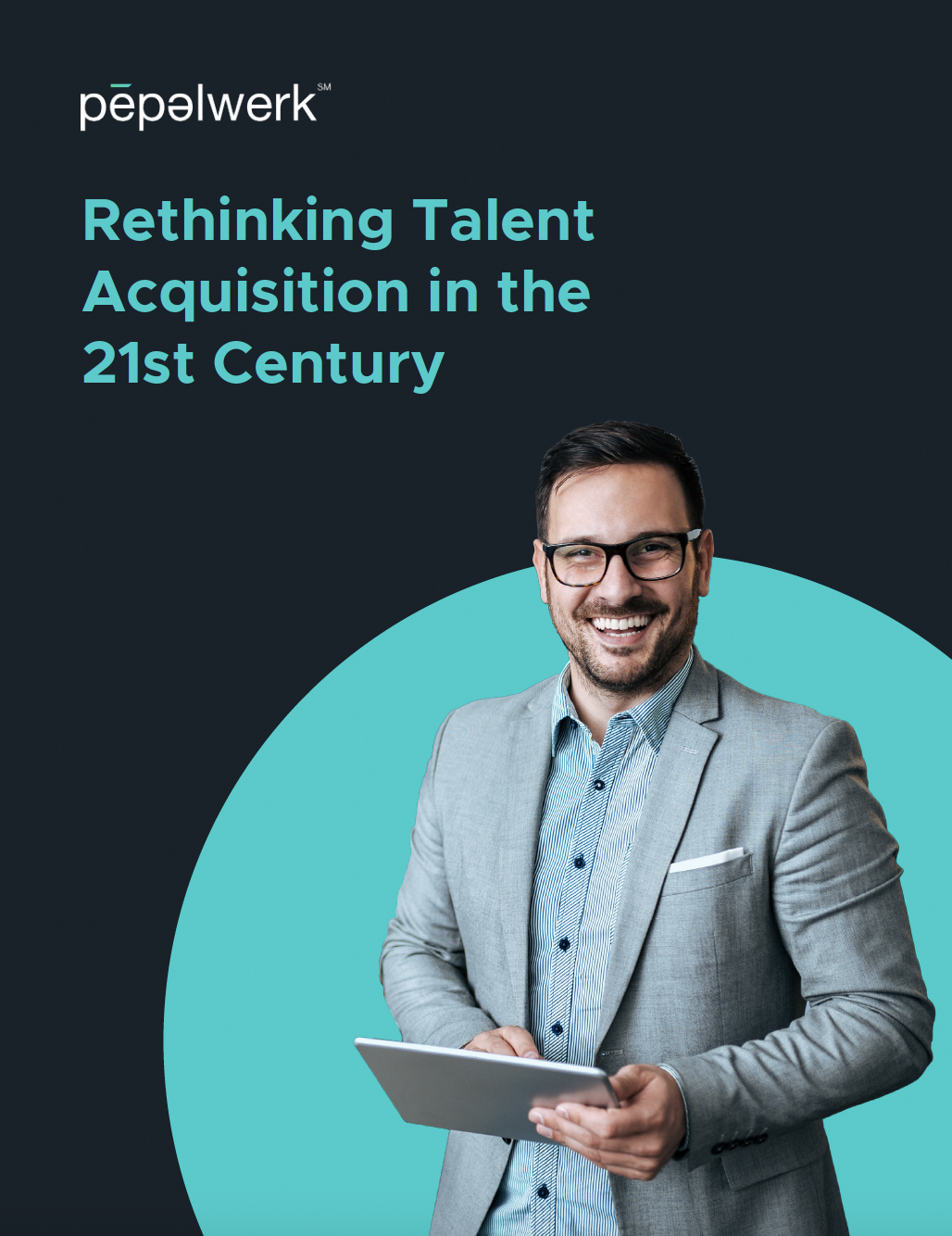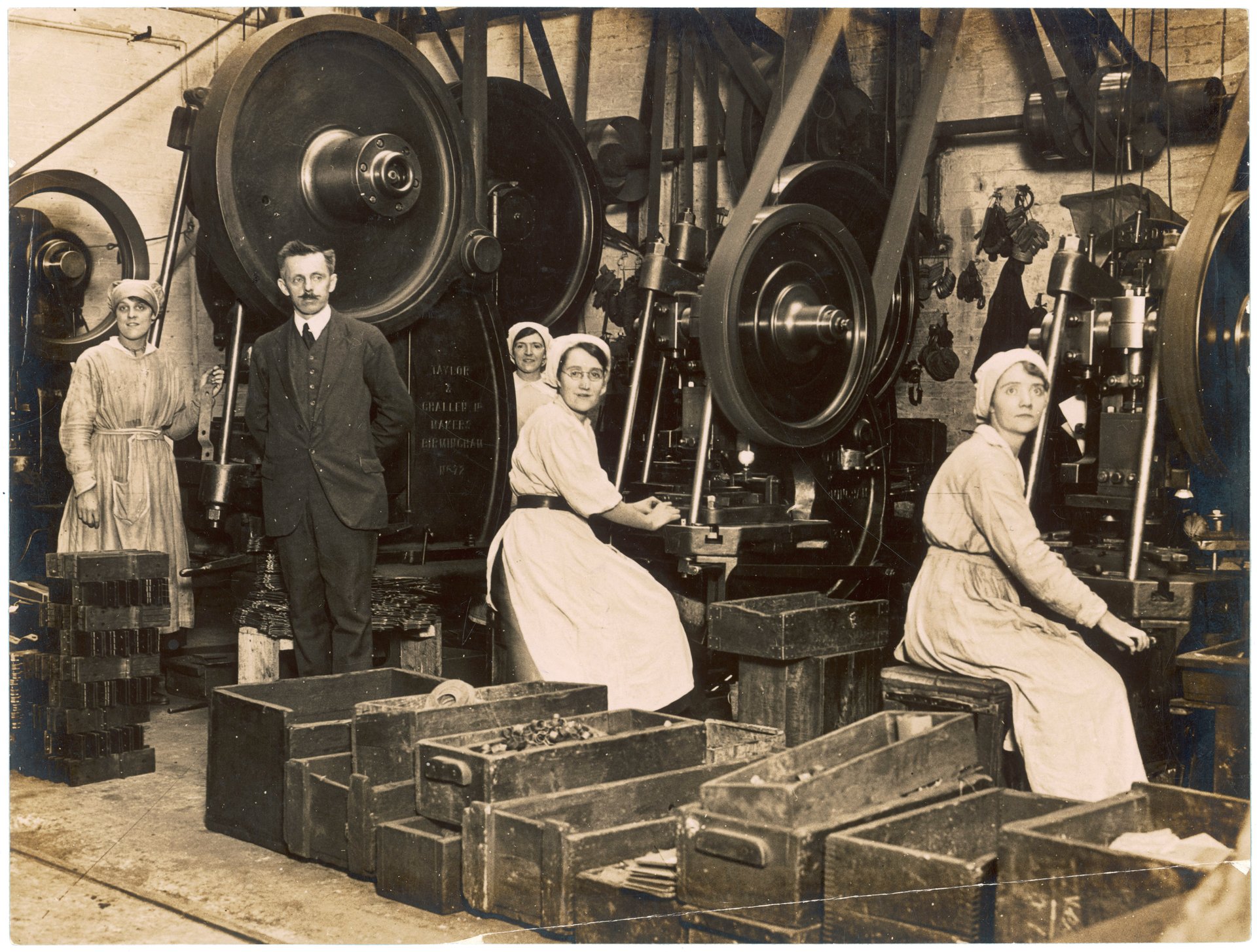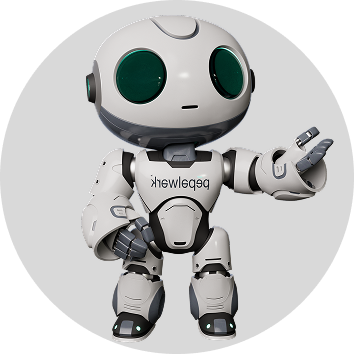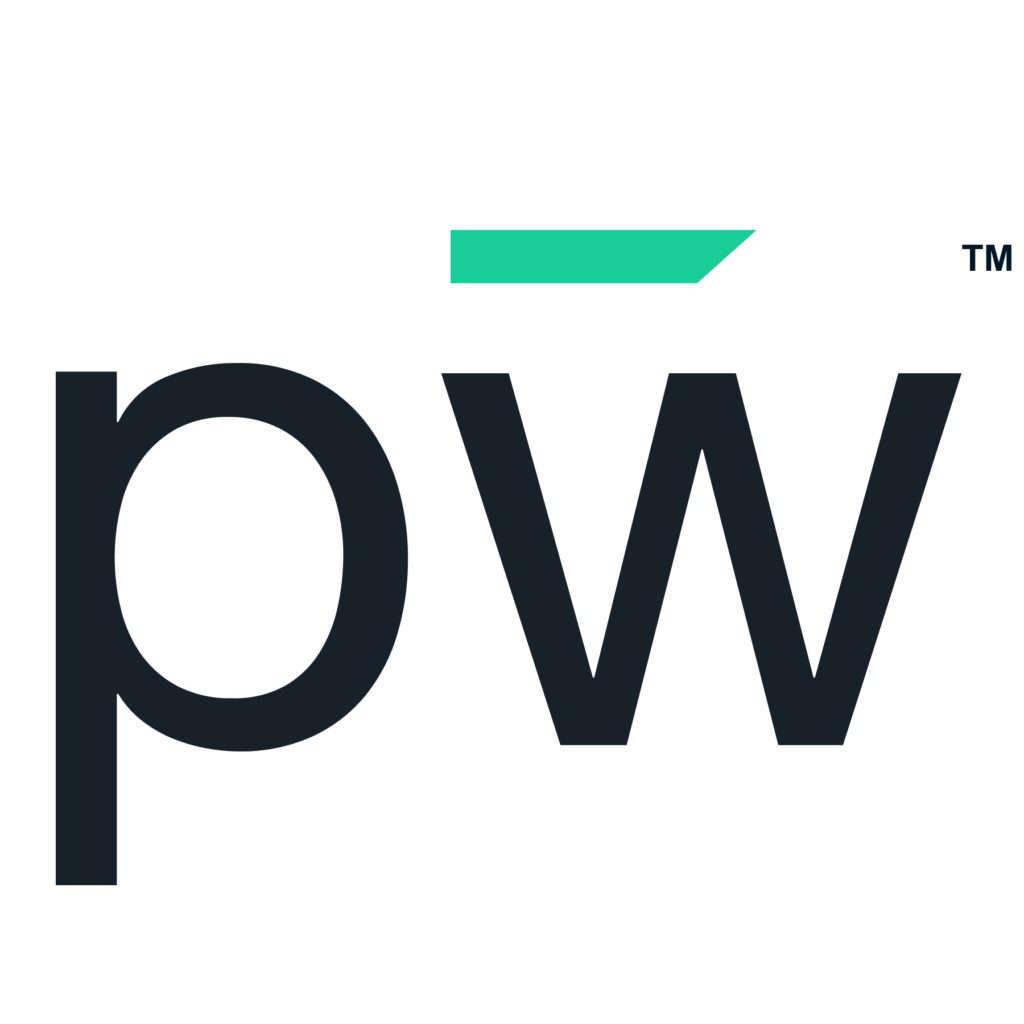The Modern Guide for Hiring Managers To Disrupt Old Methodologies and Acquire and Develop the Workforce of Tomorrow
At its core, hiring is a simple proposition. “I need someone (or something) to ... ” is where it all begins. This need can be big, small or somewhere in between. When you become aware of this need, you’ve just started the hiring process.
As decades-long experts in recruitment, we know this conversation intimately and understand your objective is to eliminate a problem with the right solution: a candidate with the right skills and intentions.
Except this isn’t a linear path anymore. Many more decisions and processes directly and indirectly impact the outcome and have consequences for your company, candidates and community. It starts with your need and ends when you make an offer. The middle, however, has become messier.
The challenge is with all the detours and complexities that inevitably occur between knowing you have a problem and finding the right person to fix it in the best possible way. That proposition is unbelievably complicated, and so many factors impact it. This vacuum of noise emits from the traditional recruitment process: developing job descriptions, posting and advertising these positions, sifting through resumes, finding someone who has the needed skills and is a cultural fit, the interviewing process, and, of course, trying to achieve work-life balance.
If this is where you sit right now and you’re ready to disrupt a model that’s not serving you or the candidates, you’ll be glad to know there’s a better way. It’s time to rethink talent acquisition with a hiring philosophy that prioritizes being proactive, reducing costs, driving innovation and focusing on people.
Welcome to the revolution. Let’s look at hiring’s past, present and future.
Download a PDF version of this guide by filling out this form, or keep scrolling to learn more.

Evolution of Recruiting
The ‘Why’ Behind Hiring
Working Worldview of Talent and Companies: Two Ships Passing in the Night
How Will You Make Hiring Decisions in the 21st Century?
The Dark Side of Recruiting
Understand the Roles That Impact the Job Market
Technology’s Role in the Future of Work
Hire Now To Build Your Workforce
The Bright Side of Recruiting in the 21st Century
- Evolution of Recruiting
- The ‘Why’ Behind Hiring
- Working Worldview of Talent and Companies: Two Ships Passing in the Night
- How Will You Make Hiring Decisions in the 21st Century?
- The Dark Side of Recruiting
- Understand the Roles That Impact the Job Market
- Technology’s Role in the Future of Work
- Hire Now To Build Your Workforce
- The Bright Side of Recruiting in the 21st Century

Evolution of Recruiting
What did recruiting look like during ancient times?
Recruitment dates back to ancient civilizations because there were always needs to fill. There’s evidence of this from the ancient Egyptians and the Greek and Roman empires. Recruiting back then was more about finding soldiers to go to war, meaning its roots are in conflict.
How did recruiting look during the 20th century?
Modern recruitment in the 20th century also had its origins in conflict. World War II left many jobs empty as many left for the battlefield. Women became a larger part of the workforce to fill these gaps. The process was still rudimentary and depended a lot on who was available.
What was recruiting like post-World War II?
After the war, recruitment took another turn: Veterans sought careers based on many highly coveted skills they learned in the military. Companies were expanding, and the economy was growing.
In the next few decades, hiring was very linear. People developed a skill or got a degree and stayed in that career. Then, the Information Age arrived.
How did recruiting look in the Information Age?
As the Information Age dawned, everything about hiring moved online. The web would prove to be much more effective than help wanted ads. It completely changed how people seek jobs and how employers recruit.
Job Boards and the Dot-Com Boom
The mid-1990s saw the first influx of job boards, with many popping up as part of the dot-com boom. The early contenders included Monster, CareerBuilder and HotJobs.
Then something bumped Monster and CareerBuilder from their tight market share: scraper sites. These sites used meta-searching to aggregate jobs from all types of job boards, with Indeed leading the way. Five years after its debut, Indeed took the top spot and continues to sit there.
Going online also created the need for technology to manage applications.
Applicant Tracking Systems: Software to Manage, Parse and Streamline
With new ways to get their jobs to candidates, companies encountered a new challenge in managing them. The solution? Applicant tracking system (ATS) software. At the time, it was a great tool for employers. The candidate experience hasn’t always been a delight, which you’ve surely heard from many people over the years.
The Professional Social Network Changes the Game Again
The Information Age has delivered more than endless access to data. There’s also the ability to be connected digitally, which social media ushered in. LinkedIn arrived on the scene in 2003 as a professional social network. Individuals could create profiles that were digital resumes, connect with peers, network and job search. Companies built pages and began using LinkedIn to check out candidates and their connections and experience and post jobs.
What is recruiting like now in the age of artificial intelligence (AI)?
Present recruitment relies heavily on job board sites, ATS software and resumes. They’ve all become “smarter” by adopting AI. Job boards act as recommendation engines to job seekers and employers. ATS systems parse better with AI, but these systems are still keyword-based. The process isn’t tapping into the real potential for AI and machine learning, which matches job profiles with job seekers based on attributes, attitudes and abilities. AI has the opportunity to move hiring forward, but how solutions apply AI will be the difference in finding the right person for the job.
Featured Resource

The ‘Why’ Behind Hiring
The evolution of hiring impacted the “why” behind it. In simple terms, the “why” has always been about filling a company's needs. The first major impact on the standard hiring process was during World War II when labor scarcity was massive. Thus, companies had to adjust their “why” and expand their talent pool to include women.
The shifts in hiring have continued since then due to technology, women and minorities gaining more rights, economic conditions, social changes and more. The 21st-century reason for hiring is the product of, in a word, change. Adapting to this has been harder for some industries, but every employer has to accept that how they acquire talent must keep evolving to reflect the current expectations of workers. Those workers have been busy the past few years, rejecting old frameworks that aren’t equitable, pursuing more meaningful work and prioritizing their mental and physical health over the grind.
All this leads to a new dynamic between talent and companies.

Working Worldview of Talent and Companies: Two Ships Passing in the Night
The working relationship has two sides: the talent looking for jobs and the companies hiring. It’s important to align the two, so they aren’t two ships passing in the night.
What is talent?
Talent refers to those who are capable of and interested in working. With all the transformations in the working world, it’s become difficult to label this segment. When the work and readiness stages were linear, it was simple, and those in this segment were called job seekers. They were expected to go to high school, earn a college degree, seek a job, get hired, work and retire.
Now, talent can pursue a job at any time, actively or passively. There are so many categories, but the truth is, you don’t need any of them.
What is talent seeking?
Since the path is no longer linear or limited, talent has evolved. The workforce of the future is nimble and fluid. Workers are their own work-life advocates. They, of course, expect fair and competitive compensation and access to benefits. However, they no longer depend on a company to achieve these things. They have options and are more intentional in considering how work impacts their personal life. When those two things clash and they can’t achieve their work-life goals, the job holds no interest for them.
What is a hiring company?
A hiring company offers compensation for someone’s time and skills. It was once very straightforward. Most everyone was a formal W-2 employee that was paid exclusively through payroll vendors. The fragmented work landscape now includes the 1099 and 19 other different payroll options that provide talent more opportunities to get paid for their time and skills.
Read more about talent trends from the leader in human capital strategies and let pepelwerk help you put things into action.
What do companies need?
A company looks for candidates to fulfill its needs that will commit to working specific hours, meeting the demands of the job and accepting the salary offered. The position most still take is that, “If you want my job, you have to do things my way.” There is still some truth to this framework, but this stance has become untenable to some candidates, and they’re dismissing your jobs.
When companies lose sight of talent’s shifting priorities from live to work to work to live, they miss the boat. Talent is no longer willing to sacrifice their personal priorities for their employers.
"So, they spend more money on recruiting to no avail, have lower retention rates, are less efficient and are ineffective at leveraging HR technology to achieve hiring needs."
Learn more about the shift to purposeful work with statistics from Bain & Company.
If you don’t want to be two ships passing in the night, hiring managers need to take a new approach to acquiring candidates — and it starts with how you choose to hire.

How Will You Make Hiring Decisions in the 21st Century?
The 21st century is a new horizon for hiring. So much has changed. Generational worldviews, education, societal norms, technology, hiring laws and perceived societal priorities have disrupted the clean-cut hiring practices of the past.
So, how has this impacted hiring practices? At the beginning of the 21st century, there was a transition from paper resumes and applications to the current “click-and-apply” process. Technology, however, doesn’t always make things easier or accessible. There are concerns from candidates and employers about equitable access, data transparency, privacy and authentic digital identity. Businesses and the public sector have had to evaluate digital dependency and human gamification.
Digital nomads, on-demand jobs and talent marketplaces have changed how people get work. Additionally, they’ve impacted the value of staffing agencies, outsourced recruiting and large talent acquisition teams with complicated HR tech stacks. With all these changes only accelerating, what can you do to hire in the 21st century? Successful talent acquisition in the 21st century depends on how managers make hiring decisions. That starts with implementing a hiring philosophy.
What is a hiring philosophy?
A hiring philosophy describes the criteria you use to define how you’ll make hiring decisions. It can encompass social and moral values and diversity, equity and inclusion (DEI) ideals. It describes how you’ll consider and source candidates and what type of in-person and digital experience you have with them.
Why is a hiring philosophy important?
Developing and implementing this philosophy is pivotal to building your workforce for today and tomorrow. It provides you with simplicity in an otherwise complex ecosystem. The days of posting and praying are over. Staffing companies have been creating a monopoly on public job boards. Candidate pools cross-pollinate, and the way people hunt for jobs has evolved.
The current norm of ATS platforms and keyword-matching to deliver “qualified” candidates is dehumanizing. These candidates are frustrated that the experience isn’t getting better and are evaluating where they’ll spend time and effort creating profiles.
When you have a clear philosophy and an authentic and straightforward process to back it up, you can win over the next generation of job seekers. Everyone in the working pool — passive, active and not-connected candidates — cares about your company’s stances and positions.
Assess the macrofactors that impact your ability to hire.
Looking at the broad view of hiring, there are many things that will shape your success in hiring, including:
- People’s interest in the job.
- Their financial need to agree to the terms of your employment.
- Events that happen within the geography you’re trying to hire in.
You can’t control these macrofactors, but you can use various data points to determine how likely you are to get the hire you want who will be interested in what you’re offering. A candidate’s interest in doing a job has many influences, including their education, their community and the media. These influences shape a candidate’s perception of a career and if it’s socially desirable, stable or worthy of their time. They will dismiss your job immediately if they deem it not to be. If you’re unaware of these shifts in a community, your job might not meet a community’s needs.
Overcoming these unknowns and the factors you can’t control is possible with data access and by working with a predictive sourcing partner such as pepelwerk. As a result, your talent acquisition and recruiting efforts are more impactful.
Understand the microfactors within your control.
Microfactors also impact your ability to hire, but they are internal and more accessible to manage. Many businesses invest substantially in software and people processes designed to keep employees engaged and working. The problem is that you assume the company’s and workers’ goals align. Much of the time, this isn’t true.
The individual’s outlook shapes whether they’ll stay. This may have to do with the environment, including culture, autonomy, perception of leadership and transparency. Others are more personal and have nothing to do with the company.
So, how do you gain more control over these microfactors? A top priority is creating balanced employee experiences that benefit them and the business. If you can establish this balance, you build your candidate pool and optimize your current employees.
You have control over these factors:
- The tools you use to recruit and develop employees.
- The culture of your workplace.
- Knowledge of candidates’ shifting expectations.
You can also leverage predictive analytics to improve your efforts and gain data to support your understanding of the impact of macro- and microfactors regarding talent acquisition.
Featured Resources

How Does a Job Matching Platform Use Artificial Intelligence to Find the Perfect Candidate?
Read More
The Dark Side of Recruiting
Recruiting has a dark side. In the underbelly of the process, hiring is transactional and is the opposite of people-centered. Unfortunately, there are so many people practicing bad business or endorsing software systems and companies that are nothing more than data brokers.
Basic workflows with pretty colors organized candidate profiles for recruiters from 1990 until 2015. It no longer works and doesn't pique the interest of job seekers who want direct hire opportunities without the cost of wasted applications. Those “click-and-apply” interactions can also lead to a candidate’s personal information being put up for sale on the black market.
Today’s employees are much more aware of the risks around private and confidential information and want to have confidence in the legitimacy of the platforms they use to find work.
These concerns have to be part of your new philosophy and approach. Align yourself as a modern company and be open to disrupting the status quo. Eliminate the dark side and trust in people-centered technology that will improve the experience, accelerate time to hire, deliver qualified candidates and build long-term relationships. Embrace your role in making this change happen for you and your future workforce.

Understand the Roles That Impact the Job Market
There are many moving parts in the job market, each with a role to play. Let’s explore all the major players.
What is the government's role in the job market?
No matter the size or industry of your organization, the government impacts your talent acquisition pipeline. Its sphere of influence concerns how it funds education and employee incentives.
If you’re a marketing company and set a price for your services based on expected compensation but three years later, find it hard to attract new workers to transition an older workforce or expand it, you’ll come up short. Why? Because schools had a different agenda. They may be planning for an influx of one type of job, such as engineers, over SEO specialists. No one prepared for that in-demand career, leaving you with only a few drops in your pipeline. This situation applies to all jobs, agnostic of industry.
What is society’s role in the job market?
The next generation has zero tolerance for perceived social prejudice, inequality or discrimination. That includes reverse discrimination or adverse selection. Unfortunately, some sourcing solutions and companies hand-pick people to improve their diversity optics without evaluating job fit.
It’s an unnecessary reaction and another argument for working with talent marketplaces, especially those that use blind matching and impact reporting, such as pepelwerk. With these capabilities, you can expand your reach of possible candidates, challenge bias and demonstrate equity for all groups. As a result, you’ll increase the depth of your diversity and inclusion promises.
What is your role as the company in the job market?
Your organization’s role is obvious: offering compensation for someone’s time and skills. Whom you offer it to and how you qualify and prepare your talent pipeline to meet the changing needs of the company is the new approach. To do this, you’ll need to cultivate a flexible workforce of both new and existing candidates that you consistently upskill and reskill. It makes more sense than the outdated linear recruiting process, which pretends that the perfect unicorn is waiting for you to find them. You need to build your people to meet the needs of the future.

Technology’s Role in the Future of Work
Technology should simplify and enhance how we live. Hiring an ideal candidate shouldn’t be any different. That’s the core of our platform. We tested a fully automated prehire experience and a high-touch prehire experience. The results revealed that the automated process was cold and inhumane, and the high-touch process was too expensive, slow and full of bias. So, technology needs to meet in the middle.
Further, technology should understand and consider the user experience for the employer, candidate and other stakeholders. When every company has its own recruiting process, candidates get frustrated. People have little patience to wait for innovation and don’t have time to figure out your custom system and all the hoops they must jump through.
There are too many widgets on the table.
Tech, for the sake of tech, is not the answer to building the workforce of the future. In the early 2000s, it was great to investigate and try out technology. Now, we’ve all been there and done that. This experience has led to learnings about what widgets, platforms and data hacks work for sourcing, screening, qualifying and considering a candidate.
We’ve also learned that too many widgets, steps and people haven’t improved the process. Candidates ghost you, technology fails, recruiters transition, and people and data get lost. Mergers and acquisitions also add to the complexity by requiring integrations and migrating from homegrown HR stacks. All of this slows down operations and effective recruiting.
It’s caused many to lose sight of the goal: job-supporting technology models that enable candidates instead of technology that distracts them. Pay-to-play platforms are the other channel, but they only get attention when dollars are behind them. If you want to reduce your cost per hire and improve fit, partner with experts in the prehire experience.
Find the right technology partner.
Returning to the premise that technology should enable rather than complicate, where you invest your budget and time matters. Look for a software ally that has extensive expertise in the prehiring process. You can stop the swivel chair of changing systems. Look for three key things:
- A dynamic candidate experience.
- Simplified hiring steps.
- A solution that’s compliant and equitable.
With these capabilities, you can evolve the pace of the working world. When you find a partner and consolidate, you gain efficiency and reduce your cost per hire.
Your transition to this modern approach will become apparent in your philosophy, starting with your career page. You direct candidates here, and it sets the tone for the prehire process. Relay how you’ll evaluate them and that you respect their time, effort and the information they share.
Opt in — don’t opt out — candidates.
Job opportunities are only growing. There are millions of businesses in existence and entrepreneurs launching new ones constantly. Near the end of 2022, the Bureau of Labor Statistics reported that there were 1.9 available jobs for every one person looking for work. That statistic doesn’t mean that two jobs fit the skills and attributes of every person. It means there’s availability in the market.
From the candidate's perspective, they see that jobs are available and the number of them is growing, but they don’t want to submit a million resumes and complete application questions that they aren’t sure will convert to a role. They only want to put effort into something that will produce a result. So, what does this have to do with hiring and your philosophy? Everything!
There’s no need for an organization to identify candidate pools independently. Cost per click, the boosting game and paid ads don’t generate long-term candidate pipelines. Many enterprises realize this and see the value of talent marketplaces. Candidates and recruiters win in this scenario. Candidates receive realistic job opportunities, and recruiters can recommend those who have been through a consideration phase to other companies.
Opt-out recruiting and talent acquisition models lead to social problems: adverse selection, reverse discrimination, and resume and profile gaming. They also waste too much time and energy for the business and the job seeker. If the goal is to get people into jobs, then we should be supporting models that do that — and that’s what a talent marketplace does.
Get more insights on the future of work from Deloitte’s 2023 Global Human Capital Trends report.
Leverage pepelwerk to meet the hiring demands of the future of work.

Hire Now To Build Your Workforce
You’re now ready to hire now and build your workforce. Start by defining candidate personas.
How do you define candidate personas?
HR has been too dependent for too long on tactical job descriptions for the first (and often only) scoping document for a role. Later in the hiring process, various stakeholders offer opinions such as, “I like this person” or “I don’t like this person.” That’s missing the point. You should only use likeability as a tie-breaker between two excellent candidates, not as a prescreening criterion.
Just as marketing and sales teams use personas, HR should too. Determine whom you want to be part of the team. The persona should include their interests, values, moral compass, technical aptitude, mental capacity and what they want from their work life.
Developing a persona is easy with pepelwerk’s job profile builder. It guides you as you define the ideal candidate for your job in a few minutes. You’ll realize a higher quality of hires and increased tenure compared to traditional job descriptions. However, knowing the right persona for your culture isn’t the same as understanding the profile for a job within a team.
Hiring companies must also acknowledge that the next generation knows that people’s time is a commodity. They’re taking a job to contribute to the growth of a business in exchange for their time and skills. They research and evaluate an organization to decide if it’s where they want to spend their time. As a result, if you’re clear about your business and the people you want to join it, you can be more strategic with workforce planning and building your workforce.
Join our candidate marketplace and hire for today while building the workforce of tomorrow.

The Bright Side of Recruiting in the 21st Century
If you think through your hiring philosophy thoughtfully and have a clear plan to achieve, you’ll disrupt the working world for good, revealing the bright side of recruitment. You’ll be able to set realistic expectations with job seekers whom you care for and nurture them on their work-life path.
You don’t have to take on this journey alone. pepelwerk is your partner as you modernize and optimize hiring in the 21st century. It’s time to join the recruitment revolution.
Get started with a short questionnaire to help us personalize your experience.
Download a PDF version of this guide by filling out the form
























